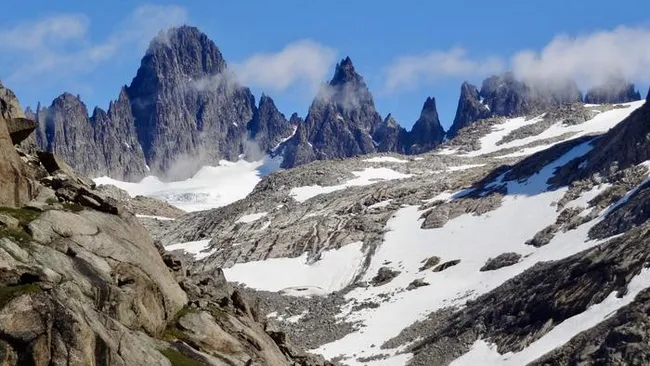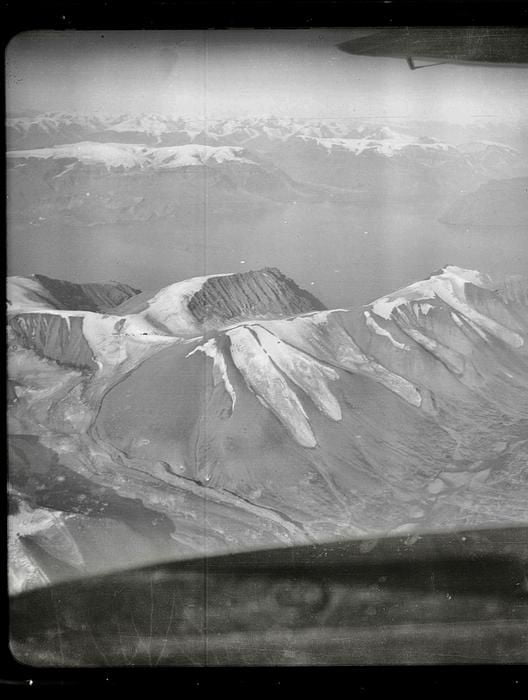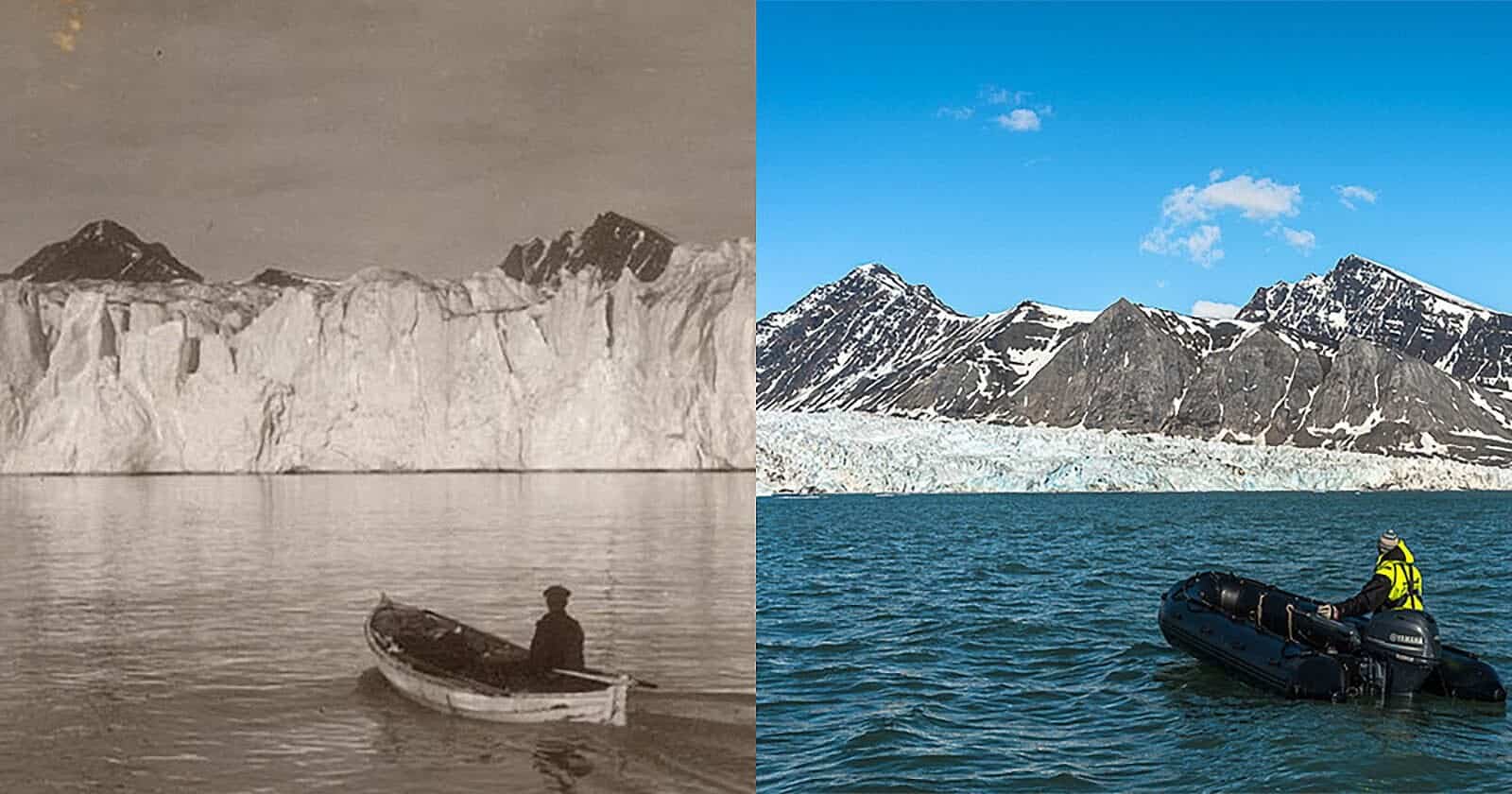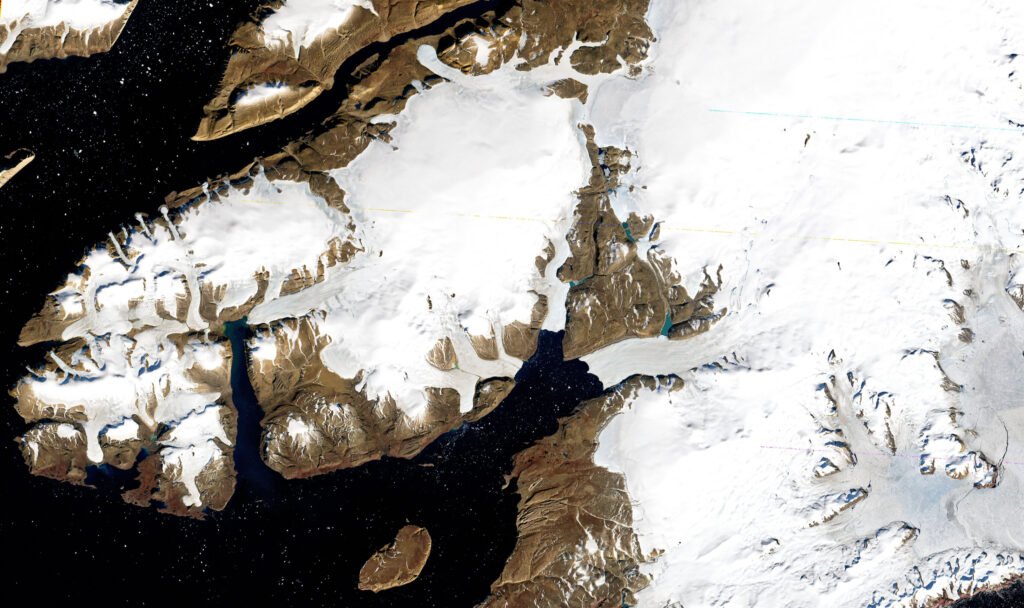Explore the profound findings from satellite data and century-old images, exposing the accelerated decline of Greenland’s glaciers. Gain insights into the environmental shifts shaping our planet.
Retreat of Greenland’s Glaciers
Introduction: Unveiling the Overlooked – Peripheral Glaciers of Greenland(Retreat of Greenland’s Glaciers)
In the pursuit of understanding the impacts of climate change on Greenland’s ice, scientists have traditionally centered their focus on the colossal ice sheet that blankets approximately 80 percent of the island. However, hidden along the coast are thousands of peripheral glaciers, relatively unexplored until recent times.

Unveiling the Unseen: Analyzing Historical Imagery
Diving into the past, researchers embarked on a journey using a combination of historical aerial photographs and modern satellite imagery spanning from 1890 to 2022. The revelation is disheartening – the rate of retreat for these peripheral glaciers has doubled in the last two decades alone.

The Disproportionate Impact: Small Glaciers, Big Consequences
Although peripheral glaciers constitute a mere 4 percent of Greenland’s total ice-covered expanse, they contribute a staggering 14 percent to the island’s ongoing ice loss. Laura Larocca, a climate and geospatial scientist leading a study on the subject, emphasizes the significance of these smaller ice masses: “Globally, non-sheet glaciers, including those in Greenland, and Antarctica, have contributed roughly 21 percent of observed sea level rise over the last two decades. Thus, these seemingly minor ice bodies play a crucial role in the broader sea level predicament.”
Unlocking the Past: The Role of Historical Aerial Photographs
Crucial to this revelation were historical aerial photographs of Greenland. Contrary to the belief that detailed records only existed post the 1970s satellite era, a treasure trove of images, captured by intrepid pilots in open-cockpit airplanes, was discovered 15 years ago in a Greenlandic castle. This extensive archive provided a unique opportunity to extend observational records beyond the satellite era.

Extraordinary Insight: A Century-Long Glacier Record
Yarrow Axford, the William Deering Professor in Geological Sciences at Northwestern University, highlights the significance of these historical photos, stating, “Those old photos extend the dataset back prior to the satellite era when widespread observations of the cryosphere are rare. It’s quite extraordinary that we can now provide long-term records for hundreds of glaciers, finally giving us an opportunity to document Greenland-wide glacier response to climate change over more than a century.”
Conclusion: Navigating the Icy Terrain of Climate Change
In the quest to understand the repercussions of climate change on Greenland’s peripheral glaciers, the revelations are profound. This SEO-optimized exploration has unveiled the accelerated retreat, the underestimated impact of small glaciers, and the historical significance of aerial photographs. It is critical that we respond to the call to action and acknowledge the global consequences of glacier dynamics as we negotiate the treacherous terrain of climate change.

FAQs
Q1: Why are peripheral glaciers crucial in the context of climate change? Peripheral glaciers, though covering a small percentage of Greenland’s ice, contribute significantly to its ice loss and, consequently, global sea level rise.
Q2: How were historical aerial photographs instrumental in this research? The discovery of an archive of old photos, taken by pilots in open-cockpit airplanes, provided a unique pre-satellite era dataset, enabling a century-long record of glacier response to climate change.
Q3: How do non-sheet glaciers contribute to the rise in sea levels worldwide? Over the past 20 years, non-sheet glaciers—such as those in Greenland and Antarctica—have contributed around 21% of the observed rise in sea level.
Q4: How can the public contribute to addressing glacier retreat? Raising awareness and supporting initiatives that combat climate change are crucial. Individual actions collectively contribute to a more sustainable future.
Q5: What does the future hold for glacier observation and research? Yarrow Axford’s challenge for the next century is to continue documenting glacier changes, emphasizing the need for ongoing observation and understanding of climate dynamics.
